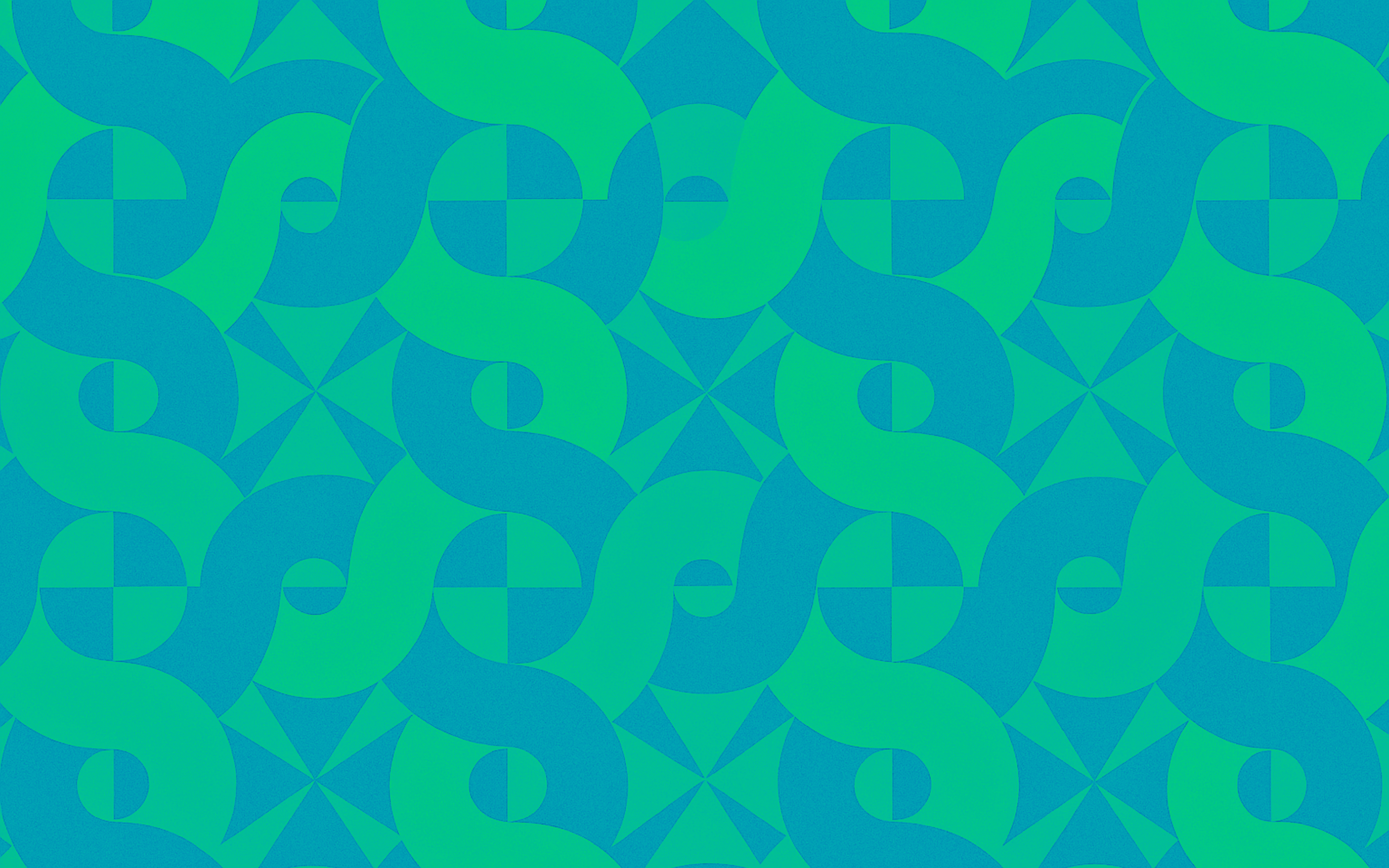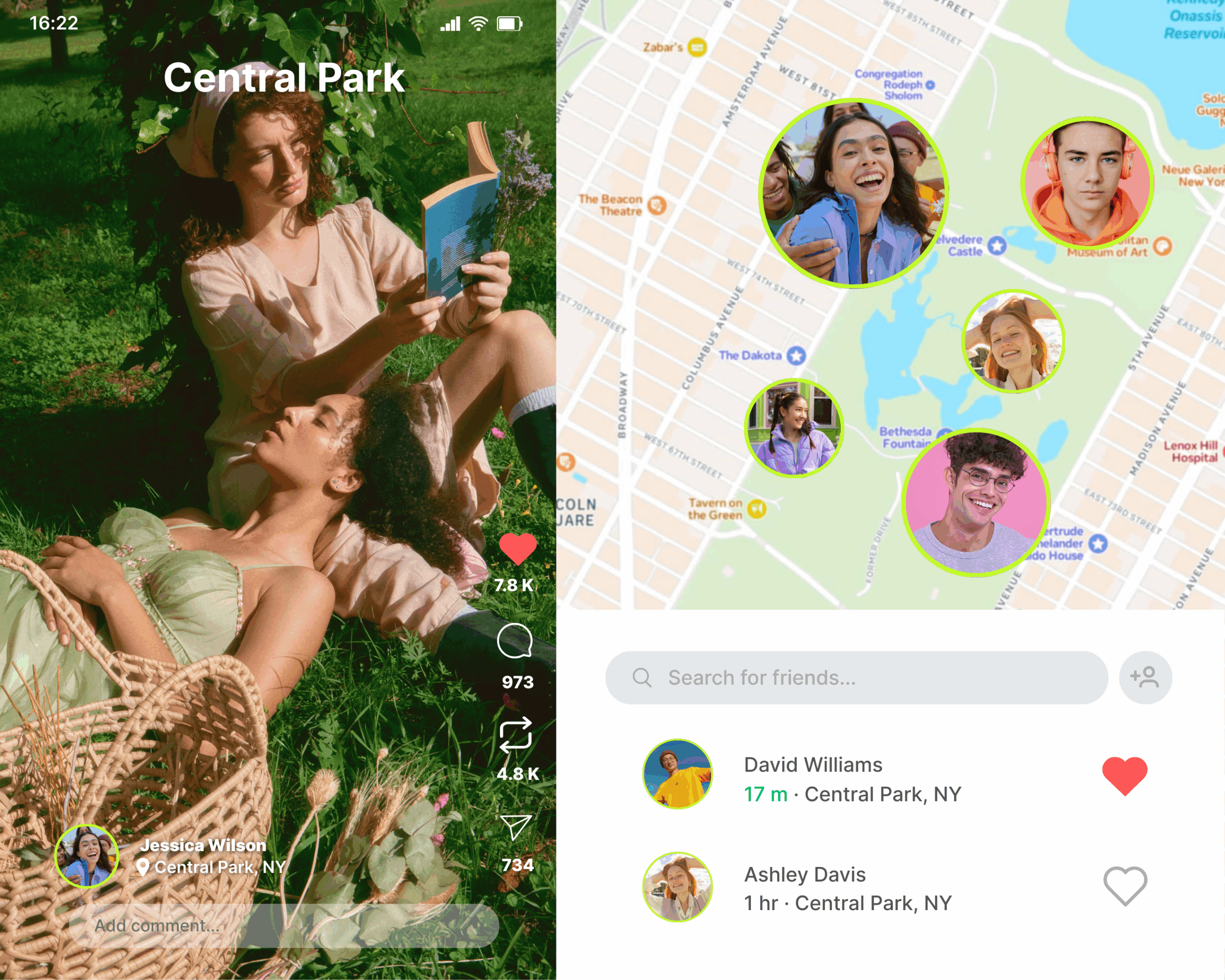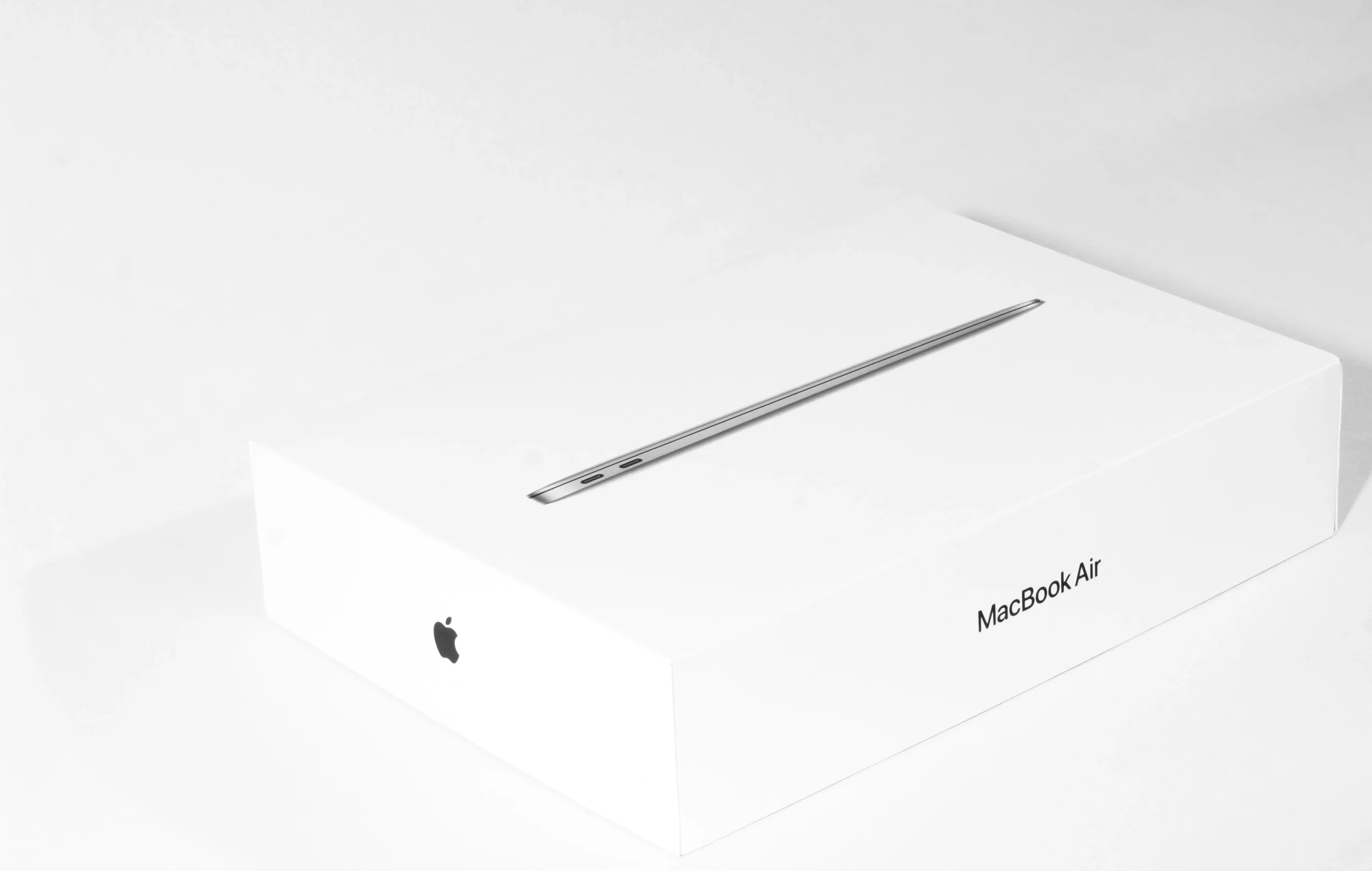How Design Psychology Drives Conversions (Without Anyone Realizing It)
In just 0.05 seconds your homepage sparks a gut-level “stay or bounce” decision (CXL). That blink-fast judgment happens before a single headline is read, which means visual cues — not copy — steer the sale. Below is your crash course on design psychology in marketing (sprinkled with juicy stats and swipe-worthy tips) so you can make every pixel pay rent.
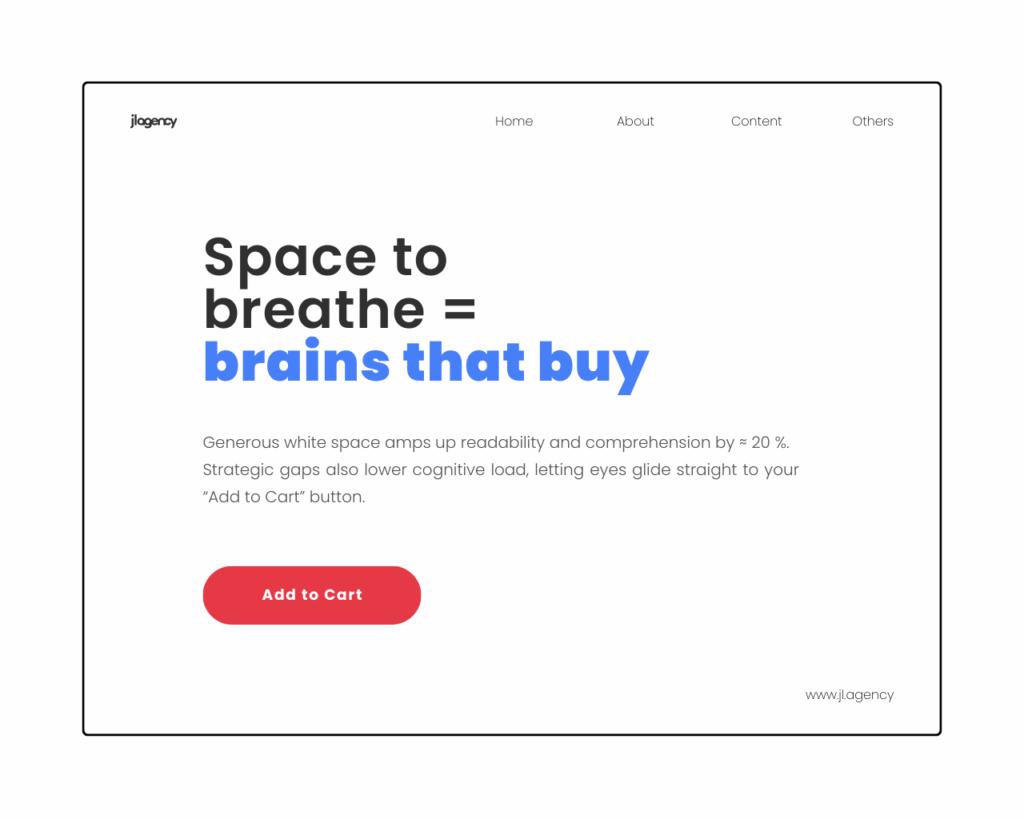
1. Space to breathe = brains that buy
Generous white space amps up readability and comprehension by ≈ 20 % (HubSpot Blog).
Strategic gaps also lower cognitive load, letting eyes glide straight to your “Add to Cart” button.
Try this: Bump padding +8–12 px around CTAs; watch click-throughs climb.

2. Color hacks that whisper feelings
| Hue | Instant vibe | Sneaky sales move |
| Blue | Trust, calm | Perfect for payment screens and security badges (ScienceDirect) |
| Red | Urgency, excitement | Signals limited-time deals or clearance pricing (ResearchGate) |
| Green | Health, growth | Boosts “eco-friendly” or wellness brands |
| Butter Yellow | Optimism, warmth | Pops on feed-scroll; trending for 2025 inspo |
Pro tip: Pair a cool primary (blue) with a warm accent (red or coral) to create “safe thrill”—trust first, urgency second.
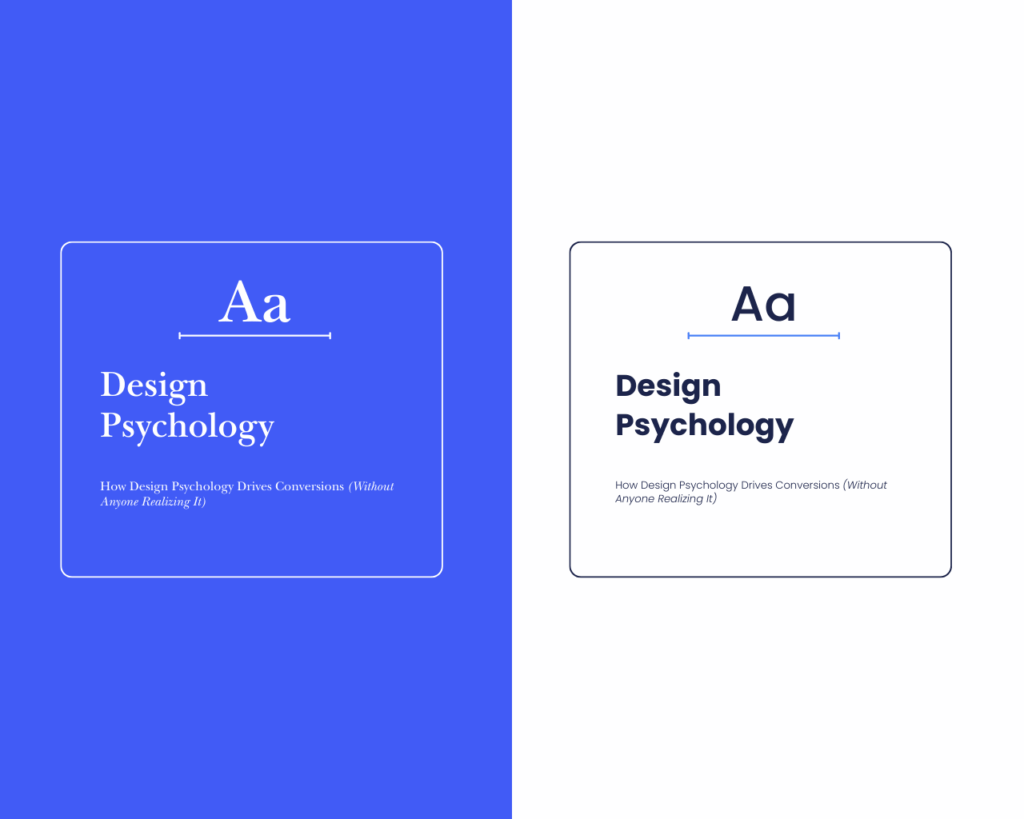
3. Typeface tells the backstory
Serif fonts (think Times, Garamond) broadcast heritage and gravitas—ideal for finance or legacy brands.
Sans-serif (hello, Montserrat, Inter) screams modern, mobile-friendly clarity.
Variable fonts adapt weight fluidly, letting designers shape hierarchy without bloating load time.
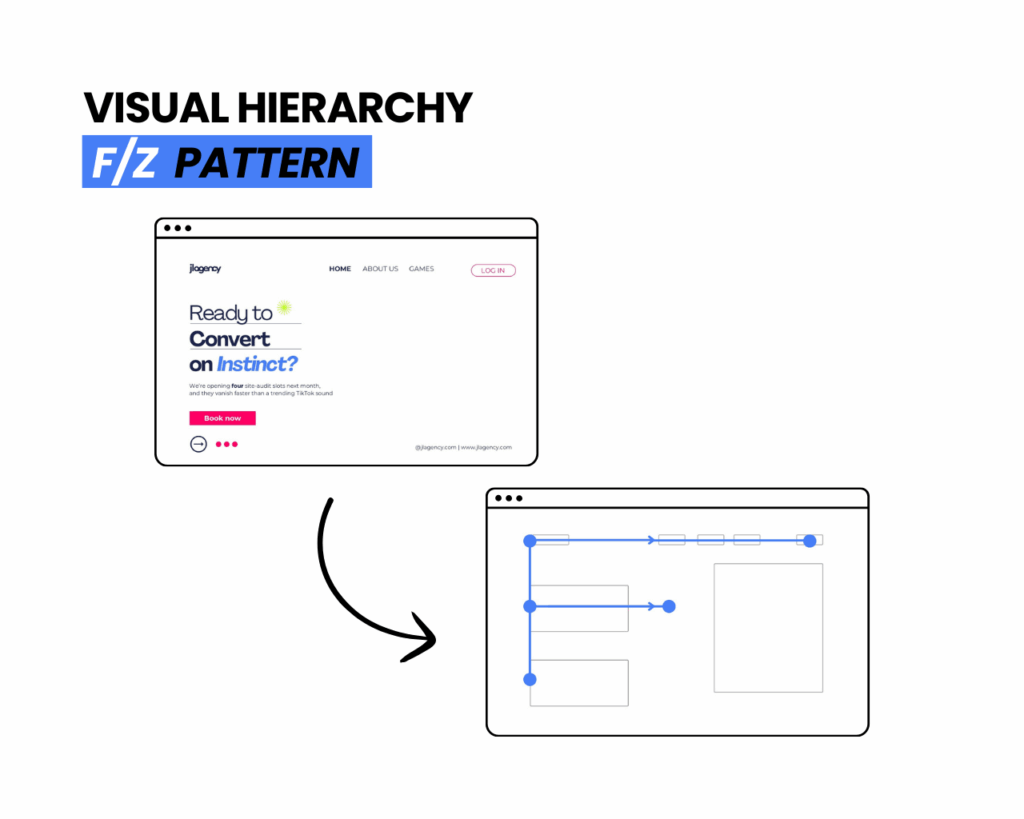
4. Visual hierarchy = built-in GPS
Humans scan in “F” or “Z” patterns. Layer sizes, contrast, and motion so eyes land on the one thing that matters—your CTA. Anchor that button in a high-contrast color (see above), give it breathing room, and keep the label action-packed (“Get My Demo” > “Submit”).
Design dollars print more dollars
Design-led brands outperformed the S&P 500 by ≈ 2.19× over 10 years (dmi.org).
Translation: aesthetics aren’t fluff—they’re a revenue engine.
Quick-fire UX tips (bookmark-worthy):
3-second rule: Can a stranger name your offer and next step in three seconds? If not, simplify.
Micro-animations: Hover states and subtle motion guide curiosity without overwhelming.
Accessibility wins: Contrast ratios ≥ 4.5:1 boost both inclusivity and SEO juice.
Social proof clusters: Position testimonials adjacent to key actions; cognitive bias does the heavy lifting.
SEO Power Moves:
Sprinkle long-tails like “conversion-focused branding” and “website UX tips” in headers and alt-text.
Keep your H1 under 60 characters (Google snippet-friendly).
Serve WebP images + lazy-loading to keep Core Web Vitals in the green.




Ready to Convert on Instinct?
We’re opening four site-audit slots next month, and they vanish faster than a trending TikTok sound. Snag your spot before the door clicks shut and discover the hidden tweaks that turn window-shoppers into raving fans.
→ Book your complimentary Design Psychology Audit with JL Agency now. We’ll reveal the micro-fixes your competitors wish you’d never learn.
(Curious but not quite ready? Stay tuned—our next post spills the secret color combo driving 37 % more checkouts. You won’t want to miss it.)
